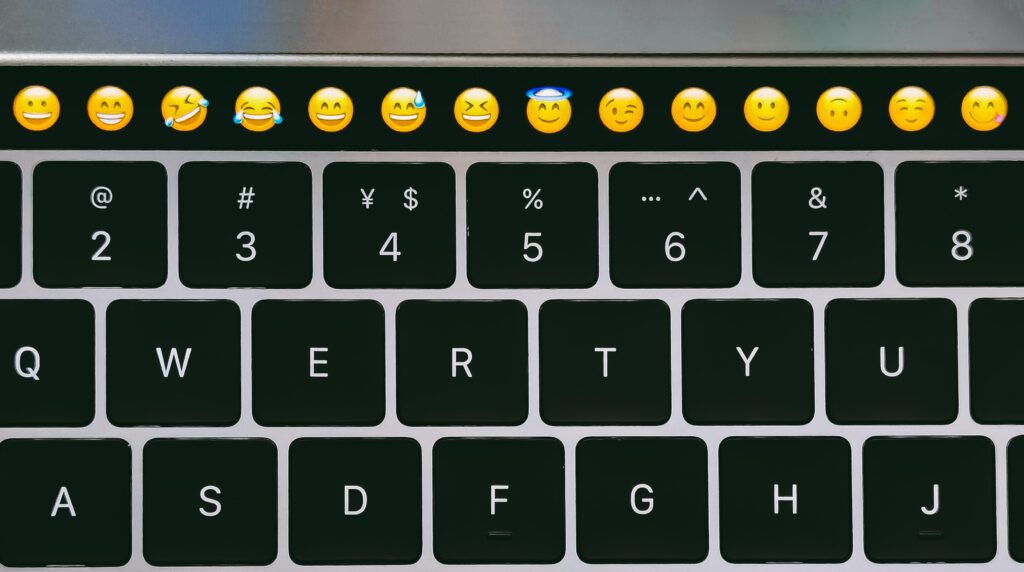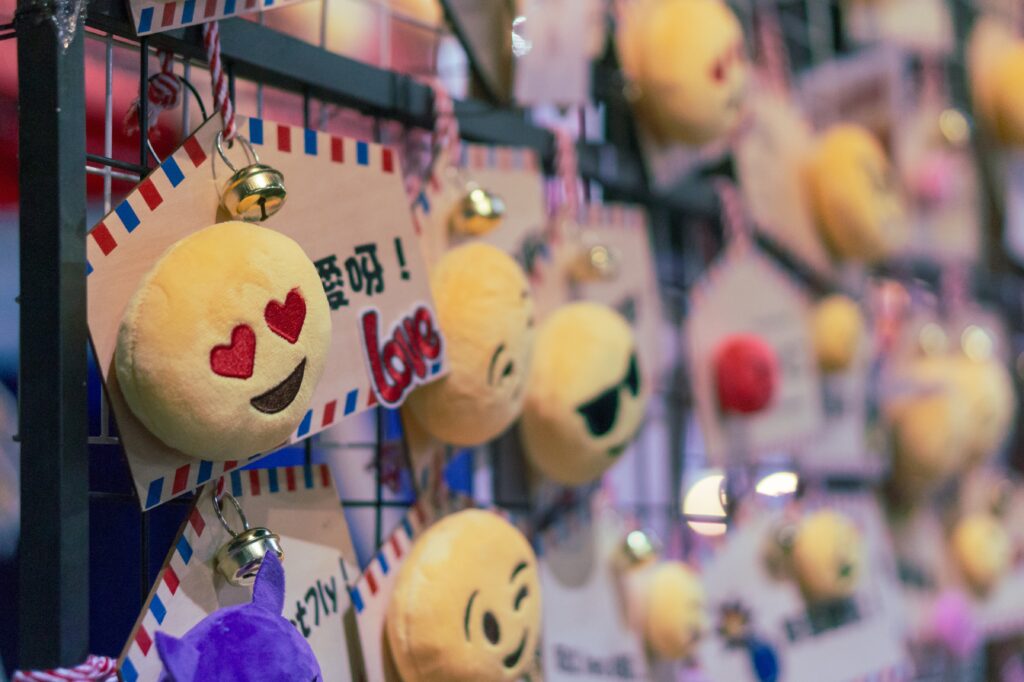Every year on July 17, World Emoji Day is celebrated, and The World Emoji Awards are also presented. We use emojis every day to express our feelings quickly and directly. Many liken emojis to ancient writing, such as hieroglyphics, as one can now form an entire sentence using only cute faces, symbols, and shapes.
It is estimated that more than 700 million emojis are used daily in posts on Facebook, while for Messenger, the corresponding number exceeds 900 million. According to Emojipedia, “the purpose of World Emoji Day is to promote the use emojis and spread the enjoyment that they bring to all of those around us”.
On the same day, Emojipedia also organizes the annual awards for the new emojis or those that managed to stand out during the year. The most popular award categories are “Most Popular New Emoji” and “Most Anticipated Emoji”.
The World Emoji Awards will return for 2023 and, as Emojipedia emphasizes, “a selection of just-for-fun annual awards each July from Emojipedia — highlighting what new emoji are loved the world over, which represent the current moment, and what emoji folks are looking forward to using next. It’s our way to celebrate all things emoji”.
There are 3,664 emojis in the Unicode Standard as of September 2022. This includes sequences for gender or skin tone, flags, and the components used to create keycaps, flags, and other sequences.
World Emoijs Day is celebrated digitally, and the hashtag #WorldEmojiDay sees great popularity every year in July. Social media users quickly celebrate this day by posting their favourite emojis and what they consider appropriate for the occasion.

What are Emojis?
According to Wikipedia, the word Emoji comes from Japan and is a compound of e (picture) and moji (character). Emojis are different from emoticons and stickers. Emoticons are various emoticons that can be entered using symbols, while stickers are various icons in a larger size used by specific applications.
Recently, Facebook decided to publish an infographic with interesting statistics about the use of emojis. The most used Emoji is the “laughing to tears” face. Next is the Emoji with “hearts for eyes”; the third is the Emoji that sends “kisses-hearts”. However, there are thousands of choices in emojis and companies that are committed to creating personalized emojis based on user requirements.

The Lingua Franca of the Digital Age
Emojis today are everywhere, changing the way we communicate. These colourful and cute symbols have evolved into a new digital language. A language used with increasing frequency in online communication, emojis are the lingua franca of the digital age and communication.
They allow users from different parts of the world to communicate with a common way of expression. Emojis are an integral part of digital marketing communication, as they are included in online advertisements while they are used in dozens of other areas.
In recent years, emojis are also the subject of research and academic study because of their great popularity. It is clear that emojis have transcended the boundaries of the digital realm and are firmly rooted in our modern culture. Today, we can’t interact on any device or platform without sending or receiving an emoji.
Emojis are now used for digital flirting, to express our political stance, to indicate our reaction to a news story, or to inform our online friends that we are on our way to our vacation.
We can create entire phrases using only emojis. For example, on the website https://emojityper.com/, you can type words and get emojis.
🎊🎉🤣⌨️🇩🅰️🇾 [So, let’s celebrate world emojis day]



